home vintage cameras index
Most of the paint on the Ikonta's metal trim is worn off, speaking of a history of long use. However, the bellows looks near new, and it only took a little cleaning and lubrication to make the camera work like new. It did take me several tries to get the lens reinstalled so that the infinity focus was perfect. The three little set screws on Zeiss cameras usually seem like they should fit into some pre-drilled holes in the mount, but often don't.
The camera was made at a time when the numbering on the paper backing of 120 film was not completely standardized, and not all of it came with the properly numbered spacing for the half-frame format. The solution was to put two red windows on the back of the camera so that the 6x9 numbering could be used. To start, the film is wound until the numeral "1" is seen in the first window. After the exposure, the same numeral is advanced to the second window for the second exposure. Some care has to be exercised in not winding past the mark as the film is traveling a very short lateral distance. Once you are used to that, it is very nice to get sixteen frames on a 120 roll.
The only common problem with this camera and its close relatives is a light leak through the red windows in the back. The cure for that has been sorted out very effectively by Cliff Manley in a photo.net posting.
A scan of the user manual for a slightly
earlier model of this camera is available on line.
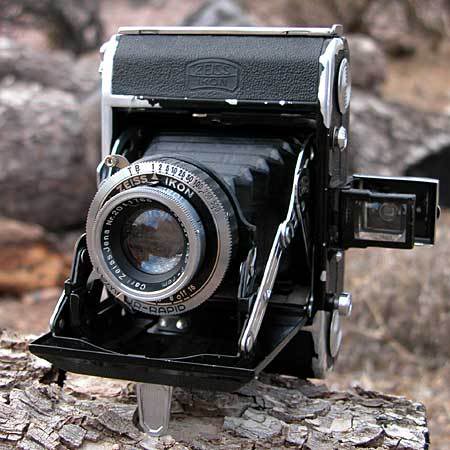
* * *
* * *
Below: Some sample photos from the camera.


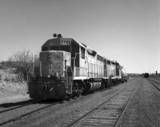
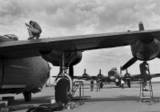
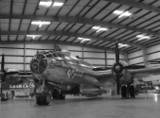

.jpg)
.jpg)
.jpg)
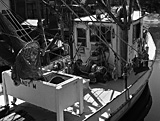
home vintage cameras index
 © mike connealy
© mike connealy